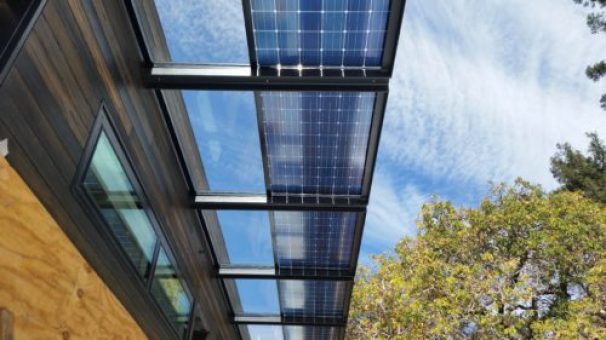Smart Solar Inverter Technology

Solar energy, the third-largest renewable energy source after hydropower and wind, has emerged as a clean, sustainable, and powerful alternative to fossil fuels. The sunlight striking the Earth is more than 10,000 times the world’s total energy use, and technologies to harvest as much solar energy as possible are surging rapidly. Since the first commercial silicon (Si) solar panels created by Bell Laboratories in 1954, the most common technologies today use different forms of Si-based solar cells and convert up to 20% of the sunlight to electricity. According to IEA’s market analysis , the generation of solar photovoltaics (PV) — the process of converting sunlight into electricity — has reached 720 TWh in 2019 from 585 TWh in 2018 and is expected to grow up to 1,940 TWh by 2025. The current maximum global capacity of solar energy is 592 GW , contributing 2.2% to global electricity generation. A typical solar cell cons...